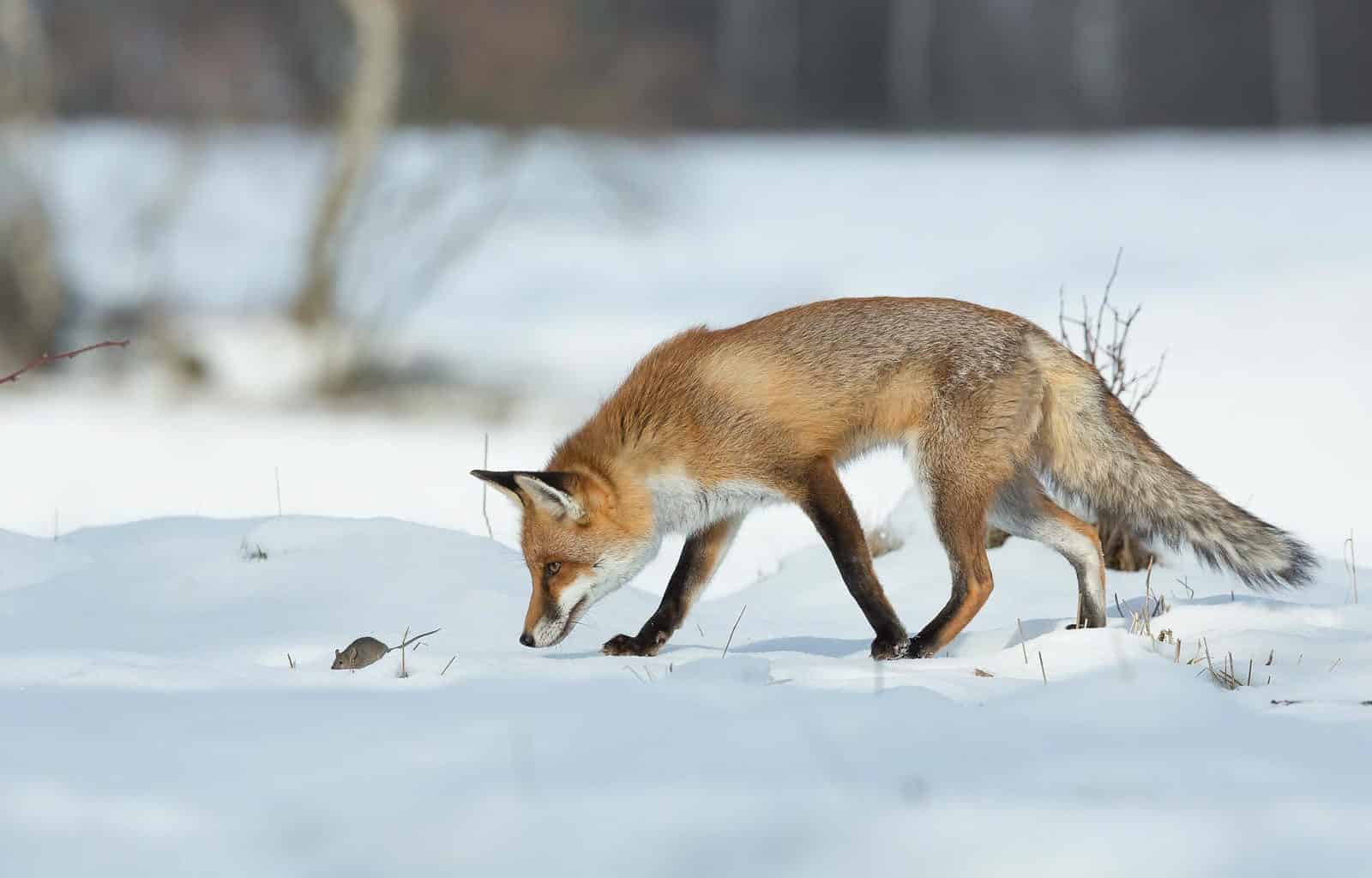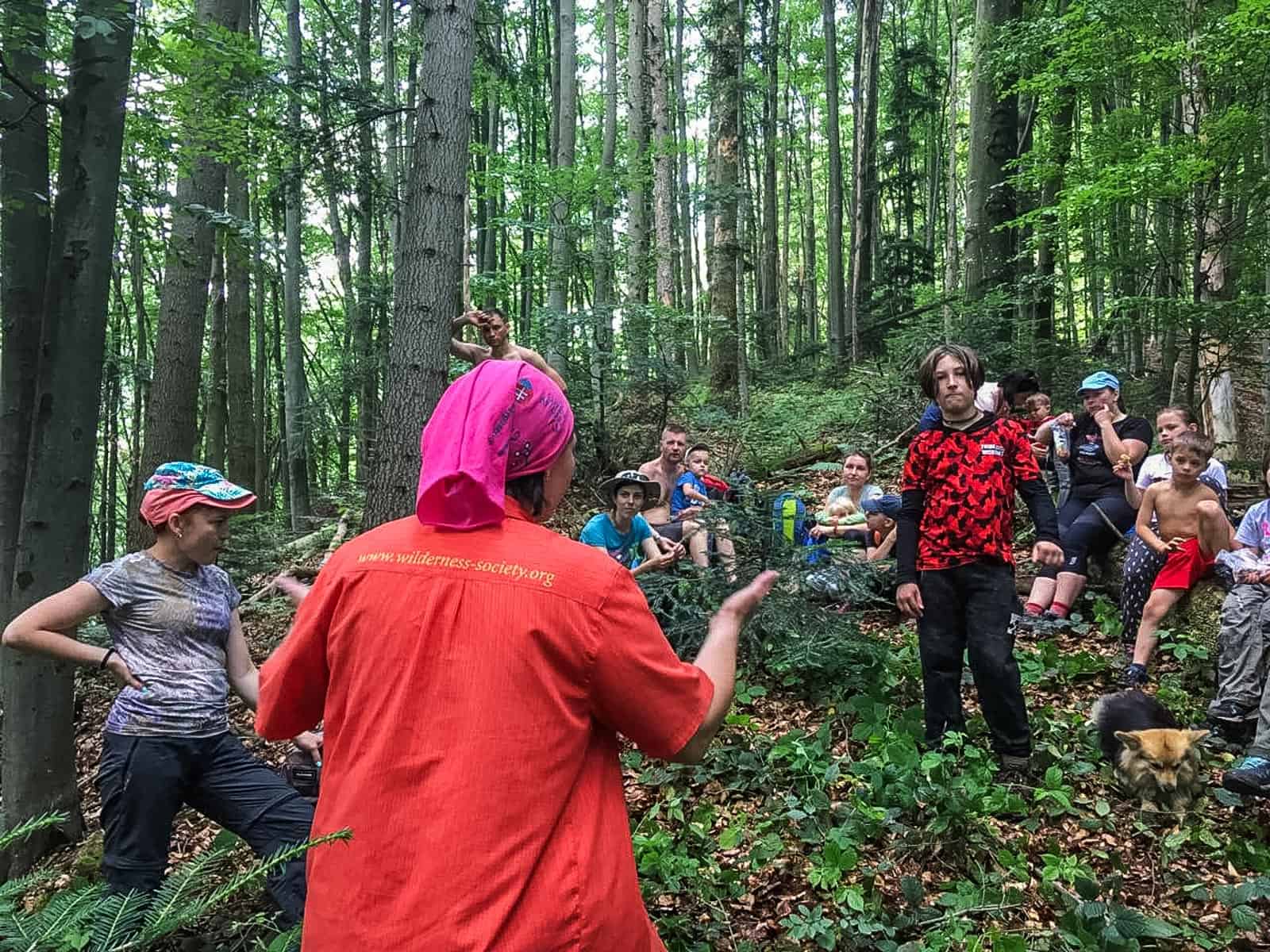Natural forces in Königsbrücker Heide after 25 years
Last week European Wilderness Society and US-Wilderness expert Garry Oye visited the Königsbrücker Heide Wilderness in Germany. Königsbrücker Heide was Quick-Audited in 2014 and is scheduled to undergo a Full-Audit later this year. For our youngest Wilderness team member, the Königsbrücker Heide is extra interesting, as it became a no-go zone in the same year he was born. Twenty-five years of free willing land, where nature is not interrupted or controlled by humans. The 5,500 ha core zone showed nature’s impressive forces, returning the land to its natural Wilderness.
How nature takes back the land
The best examples are the remains of concrete buildings that were constructed during the military trainings. Different kinds of bunkers and shelters were build for exercises of the German and Sovjet armies. But in 25 years, nature took over these concrete buildings and literally tore them apart. We visited an old bunker that was blown into pieces, where big chunks of concrete are lying around. The weather made them so brittle, that you can easily break it in two with your own hands. Another shelter we saw is totally overgrown, as the roots penetrate further into the concrete every year.
There used to be roads in Königsbrücker Heide, using big concrete plates. Parts have been removed by the management team, parts have been left to be handled by nature. Those parts broke into smaller pieces and now mosses, grasses and even entire pine trees grow in-between the gaps.
There used to be entire villages in the Königsbrücker Heide Wilderness. All that remains now are overgrown fundaments of houses, stone walls which are torn apart, and a road full with grasses and trees.
Allowing nature to do what it wants, creates unbelievable diversity
Important plant species in Königsbrücker Heide are heather species in wet and dry habitats. There used to be active management to conserve the heather by burning parts of open land where young conifers and birch trees appeared. After one test on a small area of 1 hectare, the superintendent Jürgen Stein decided to use it as an experiment. Now, 25 years later, the burned area is covered with 50/50 grass and heather. The unburned area next to it is totally covered in heather, aside from several trees in between. It is the best example that burning as conservation measure it not effective, and non-intervention should be used instead to protect heather.
The diversity of habitats in Königsbrücker Heide is astonishing. They are home to over 1,600 different species, including the endangered tadpole shrimp, the common crane and the mash gentian. The area holds young birch forests, pine forests, and mixed forests. There are fields covered with heather, with different grasses and almost bare soils. It holds a free flowing river that was used by beavers to create wetlands. The current wetlands hold unique species like the sundew, while old wetlands are repopulated by many plant species.
Being from the Netherlands, I know that there is almost no Wilderness left in my country. We have (old) military zones however, so there is hope for true Dutch Wilderness!

Stay up to date on the Wilderness news, subscribe to our Newsletter!










